You’ve seen the headlines about the new ‘salt’ battery. Tech sites are buzzing, calling it a potential “lithium killer.” They’ll tell you about its chemistry, its performance in the cold, and the first few products to use it.
This is not one of those articles.
They are missing the real story. As an engineer, I can tell you that the battle for our electric future won’t be won with promises or incremental technical gains. It will be won on price.
The real story of Sodium-Ion is not its chemistry; it’s the brutally disruptive force of its economics. This is the technology that fundamentally changes the math for electric vehicles and home energy storage. This is a story about money.

Simulate the Disruption: The Vecharged Cost & Supply Chain Simulator
Before we get into the deep analysis, see the impact for yourself. This tool isn’t a simple spec comparison. It’s an economic simulator that lets you visualize the two key advantages of Sodium-Ion technology: the massive difference in raw material cost and its game-changing impact on the final sticker price of an electric vehicle.
Raw Material Cost Forecaster
EV Cost Simulator
NMC Lithium-Ion
Sodium-Ion
Battery Cost:The Marketing vs. The Engineering Reality
- The Marketing Claim: “The Lithium Killer is Here!”
- The Vecharged “Reader-First Shield”: This is a dangerously simplistic marketing narrative. Sodium-Ion is not a “lithium killer”; it is a “Lithium Competitor” that will force down the price of all batteries. This is a win for consumers, not a technical knockout. The real loser isn’t lithium; it’s gasoline.
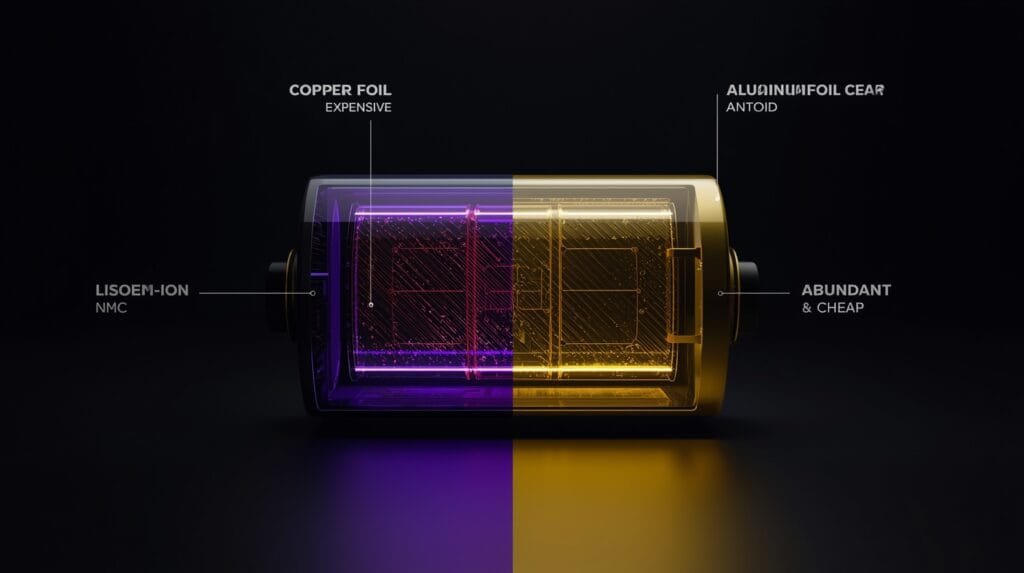
Deconstructing the “Bill of Materials”: Why Sodium is Cheaper
The true genius of Sodium-Ion is not just its abundant raw material. It’s the cascade of cost-saving engineering choices it enables throughout the entire battery cell.
- The Cathode: While lithium batteries rely on expensive and geopolitically sensitive materials like cobalt and nickel, Sodium-Ion can use cathodes made from materials as common as manganese and iron.
- The Anode: Lithium batteries require expensive, highly-processed graphite for their anodes. Sodium-Ion batteries can use cheap, abundant hard carbon, which can be made from agricultural waste like coconut shells.
- The Current Collector (The Game-Changer): This is the biggest hidden advantage. Lithium batteries must use expensive copper foil for the anode current collector. Sodium-Ion’s chemistry allows it to use cheap, lightweight, and abundant aluminum foil for both the anode and the cathode, dramatically reducing both cost and weight.
The Geopolitical Impact: Escaping the “Lithium Triangle”
The shift to Sodium-Ion is not just an economic strategy; it’s a geopolitical strategy.
- The Problem: The world’s high-grade lithium reserves are heavily concentrated in a “Lithium Triangle” of Chile, Argentina, and Bolivia, with China dominating the processing and supply chain. This creates a massive strategic vulnerability for countries like the US and India.
- The Solution: Sodium is everywhere. It can be extracted from the ocean or mined from vast deposits on every continent.
- The Vecharged Verdict: Sodium-Ion technology allows nations to build a secure, domestic battery supply chain that is immune to foreign price manipulation and geopolitical instability. It is a declaration of energy independence.

The Inevitable Disruption
The single biggest disadvantage of Sodium-Ion today is its lower energy density, meaning it stores less power for a given size and weight. For a flagship smartphone or a high-performance luxury EV, this is a dealbreaker.
But that is not where this battle will be won.
Sodium-Ion’s primary feature is not its cold-weather performance—that is a valuable niche benefit. Its primary feature is that it is cheap. And in the race to electrify the world and build massive grid-scale storage, a battery that is safe, abundant, and cheap will always win.
It will not replace lithium in high-performance applications. It will become the dominant chemistry for affordable EVs and stationary home storage, fundamentally accelerating the end of the fossil fuel era by making clean energy accessible to everyone.

Suhas Shrikant is the founder of Vecharged and an engineering enthusiast specializing in high-power off-grid solar systems. He has designed and built over a dozen custom systems and uses his hands-on, field-tested experience to create Vecharged’s expert guides and reviews.

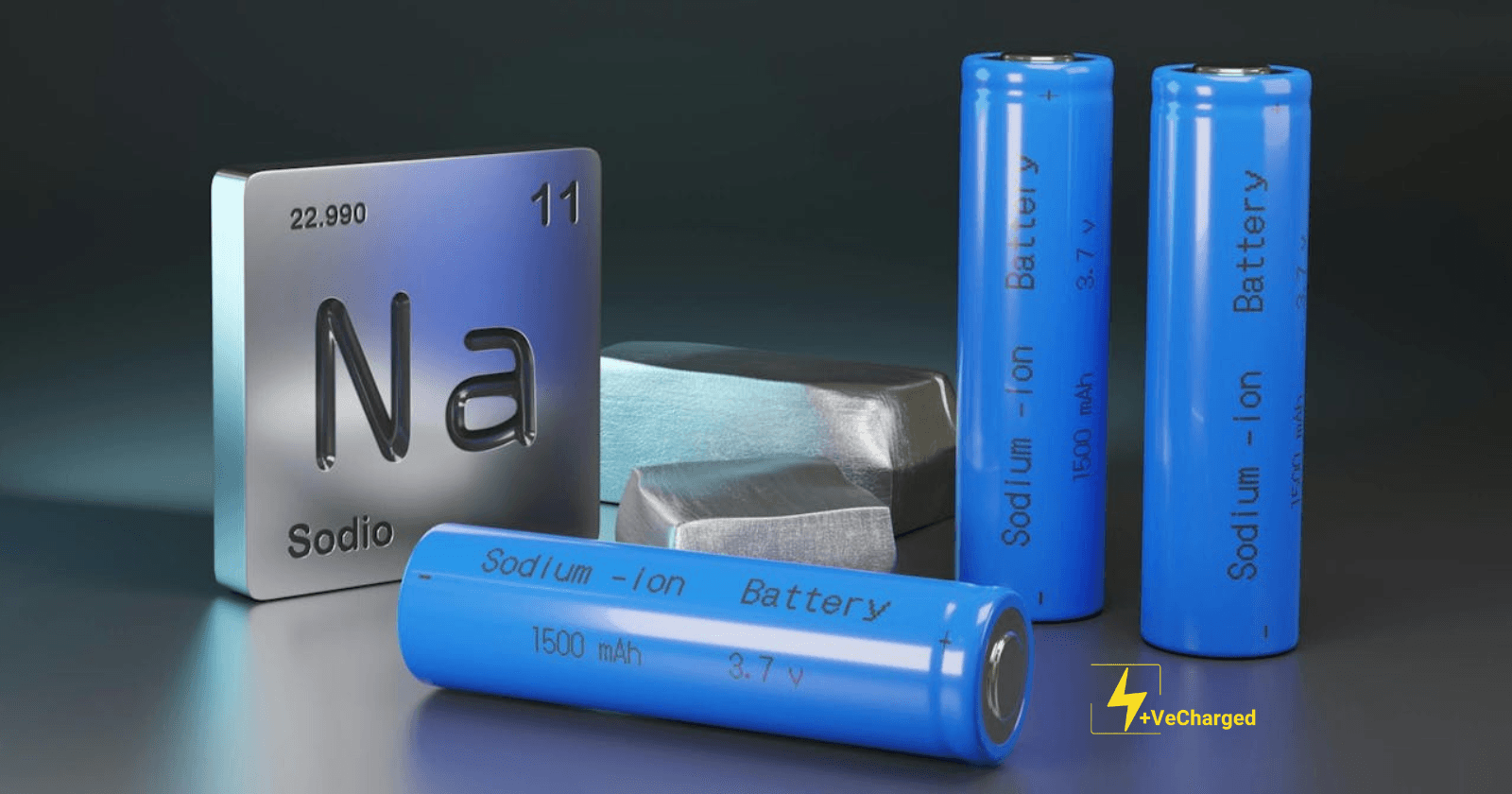

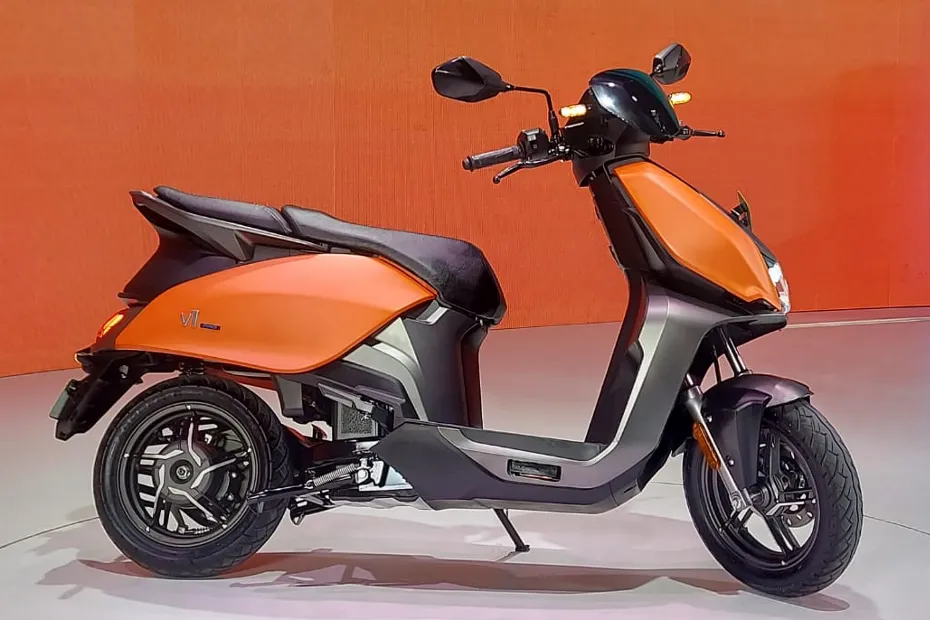

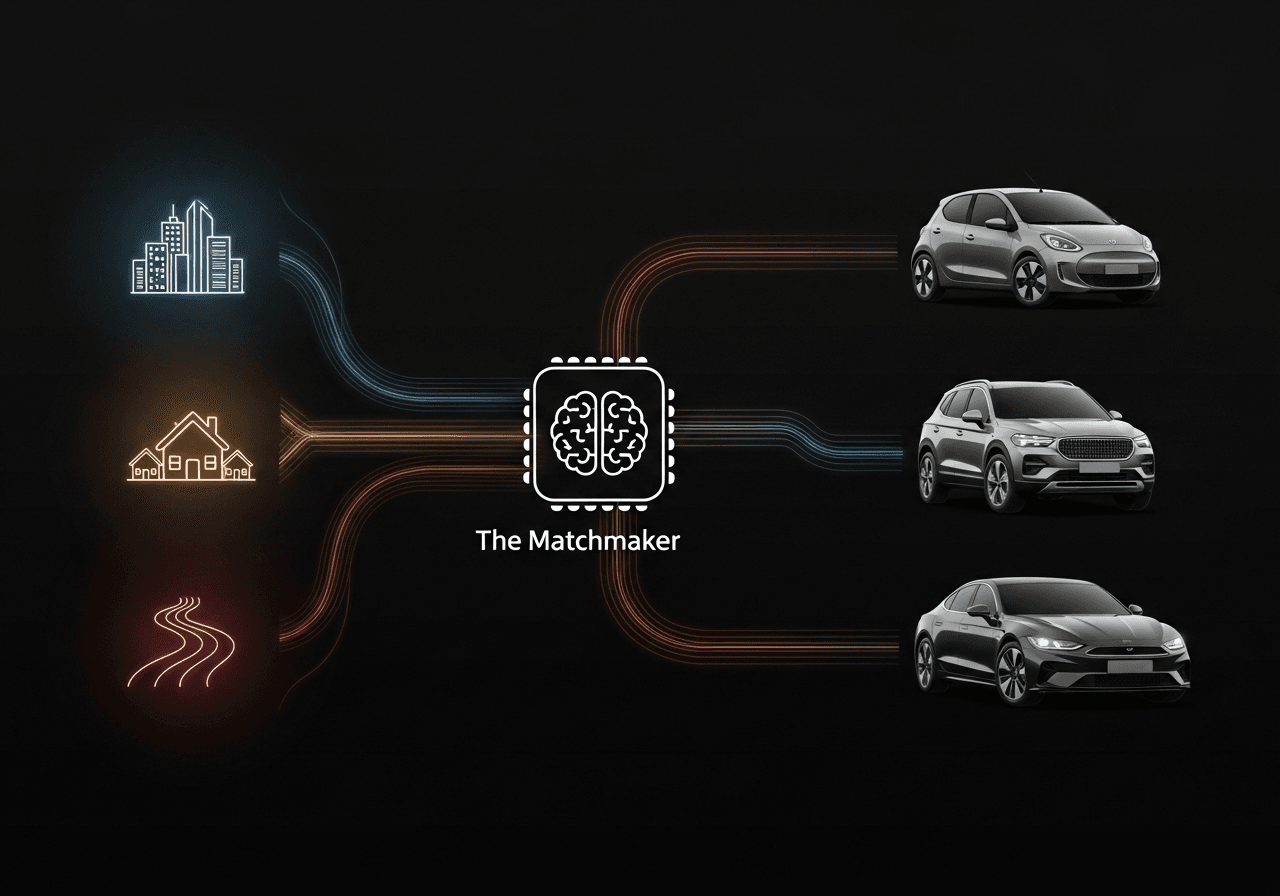

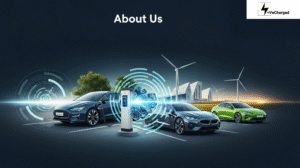




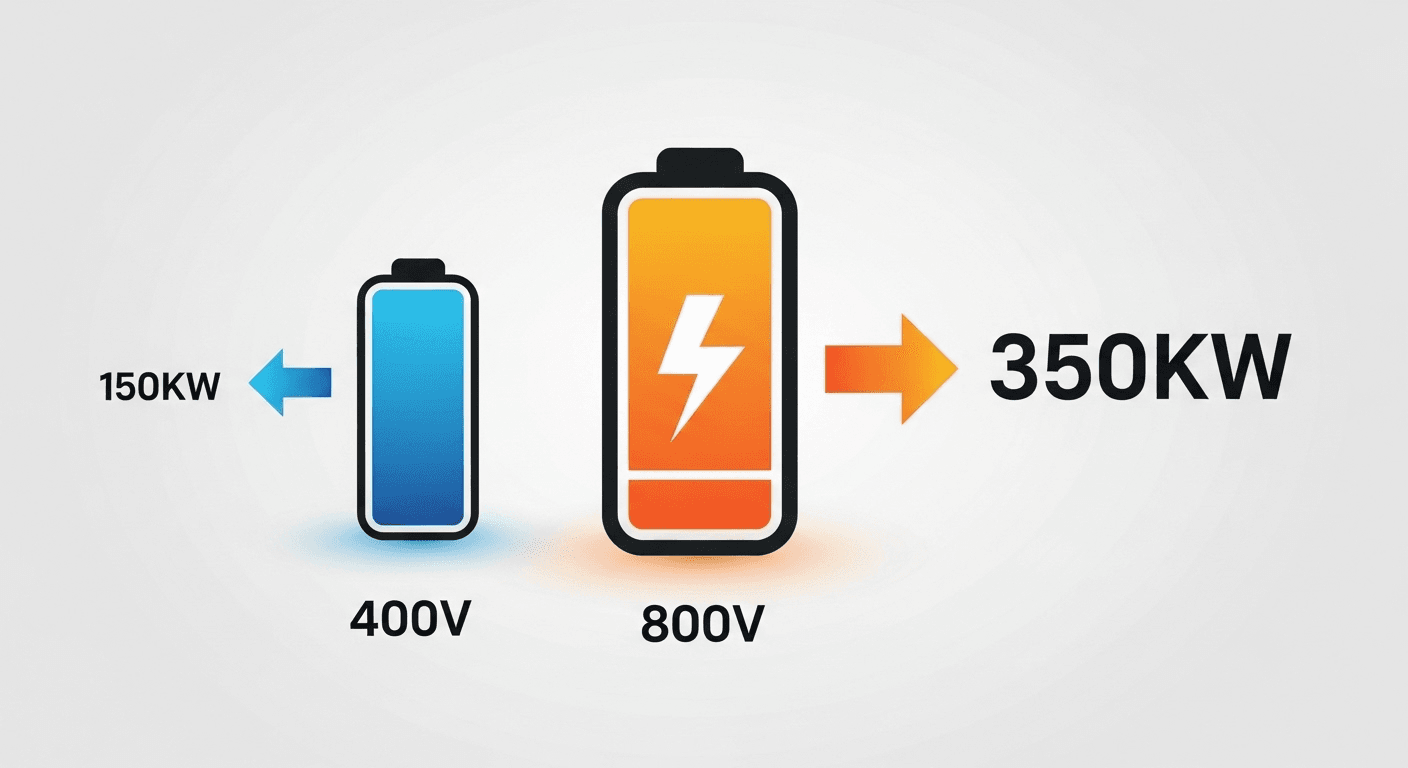



Nice article
Best sodium ion power banks?